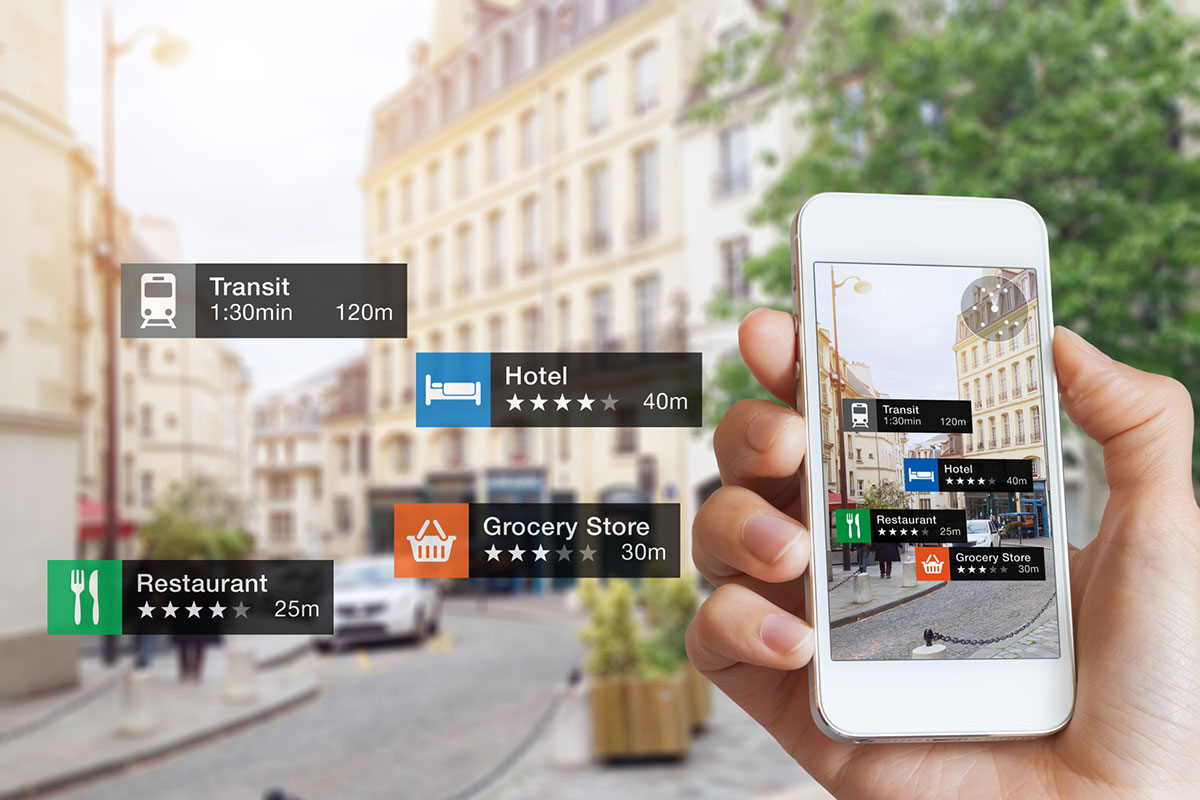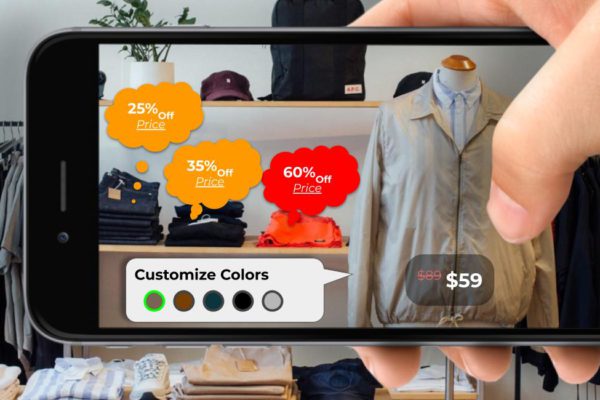
The Role of Augmented reality for Marketing
Tatia Gadrani, IBSU, Marketing
Augmented reality (AR) is an interactive experience of a real-world environment where the objects that reside in the real world are enhanced by computer-generated perceptual information, sometimes across multiple sensory modalities, including visual, auditory, haptic, somatosensory and olfactory AR can be defined as a system that fulfills three basic features: a combination of real and virtual worlds, real-time interaction, and accurate 3D registration of virtual and real objects. The primary value of augmented reality is the manner in which components of the digital world blend into a person’s perception of the real world, not as a simple display of data, but through the integration of immersive sensations, which are perceived as natural parts of an environment. Commercial augmented reality experiences were first introduced in entertainment and gaming businesses. Subsequently, augmented reality applications have spanned commercial industries such as education, communications, medicine, and entertainment. In education, content may be accessed by scanning or viewing an image with a mobile device or by using markerless AR techniques
Virtual reality (VR) is a simulated experience that can be similar to or completely different from the real world. Applications of virtual reality include entertainment (e.g. video games) and education (e.g. medical or military training). Other distinct types of VR-style technology include augmented reality and mixed reality, Currently, standard virtual reality systems use either virtual reality headsets or multi-projected environments to generate realistic images, sounds and other sensations that simulate a user’s physical presence in a virtual environment. A person using virtual reality equipment is able to look around the artificial world, move around in it, and interact with virtual features or items. The effect is commonly created by VR headsets consisting of a head-mounted display with a small screen in front of the eyes, but can also be created through specially designed rooms with multiple large screens. Virtual reality typically incorporates auditory and video feedback, but may also allow other types of sensory and force feedback through haptic technology.
Augmented reality (AR) differs from virtual reality (VR) in the sense that in AR part of the surrounding environment is actually ‘real’ and just adding layers of virtual objects to the real environment. On the other hand, in VR the surrounding environment is completely virtual. A demonstration of how AR layers objects onto the real world can be seen with augmented reality games.
AR and VR will make it possible for IT to play an active role in retooling high-cost training and simulation environments, many of which exist to rehearse critical scenarios without the risk of real-world consequences, For example, we can bring companies related to medicine, in such fields as medicine, practices and simulations are important, for which we need suitable equipment, virtual reality is the best tool for practices and simulations. Beginner physicians will have more opportunities to make fewer errors during surgery and reduce mortality after simulations. Executive teams are using simulated high-resolution stages to rehearse and refine their presentation skills. In the construction industry, commercial developers can now walk through complete, full-scale computer-rendered structures—getting a sense of the width of a hallway or the impact of detailed design decisions—before touching shovel to dirt. Also important for the state is the readiness of the army, simulations and rockets are just as important here as in medicine, through virtual reality the troops will be highly trained, and the readiness is conditioned by imaginary battles.





